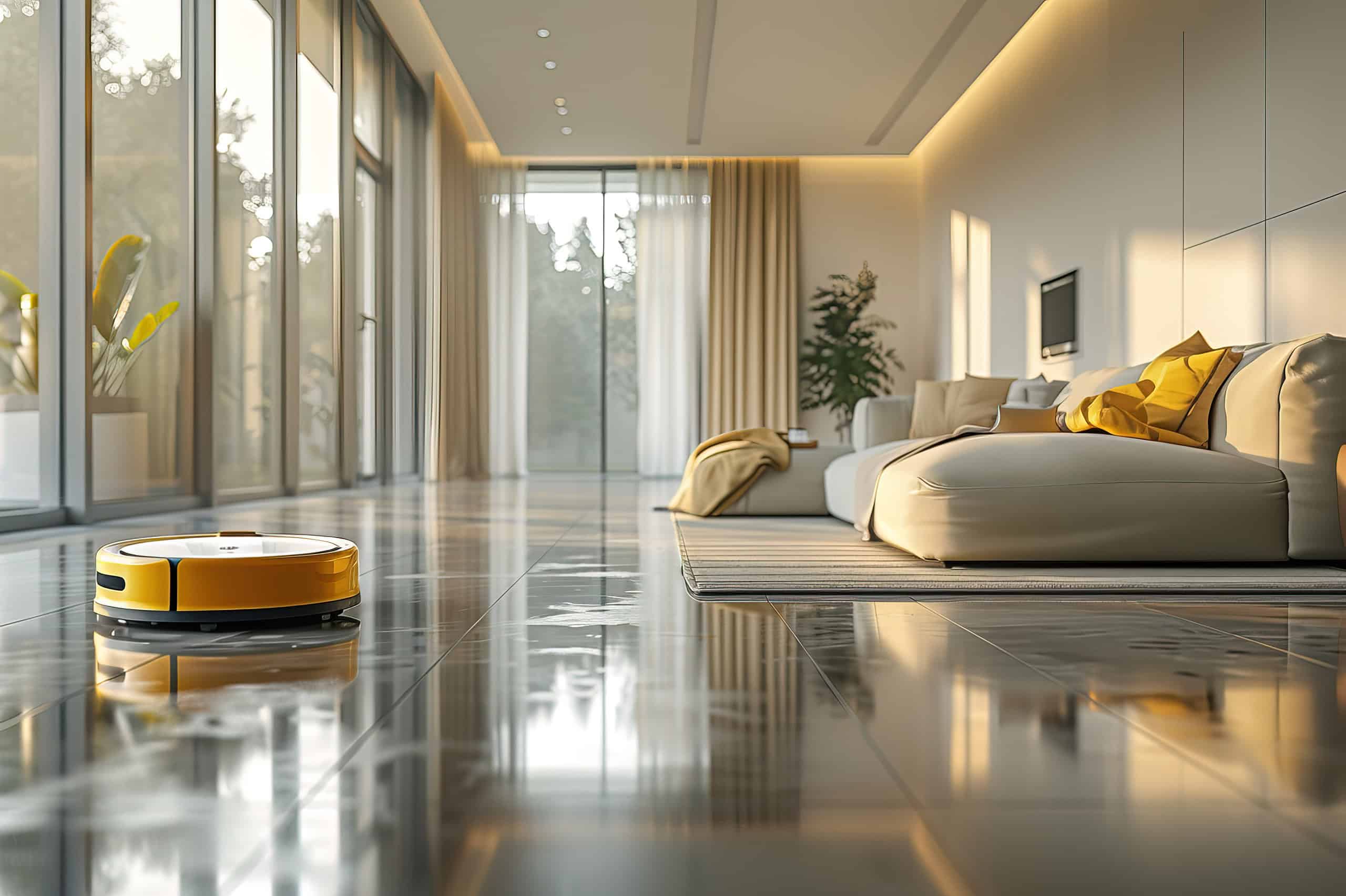
Smart Home Solutions for the Deaf: Enhancing Independence and Connectivity
- Posted by Cicada Sign
- Categories Blog
- Date April 20, 2025
- Comments 0 comment
Advancements in smart home technology are transforming the way we live, offering unparalleled convenience and security. For the Deaf community, these innovations are not just about modern living—they’re a gateway to enhanced independence and connectivity. In this post, we explore how smart home solutions are tailored to meet the unique needs of Deaf individuals, enabling safer, more accessible, and more connected homes.
Empowering Independent Living
Tailored Smart Home Technologies
Modern smart home devices such as automated lighting, smart security systems, and voice-to-text interfaces are designed to simplify daily routines. These tools can alert Deaf individuals to important events, such as doorbell rings or emergency alarms, through visual notifications and vibrations. Resources like CNET’s Smart Home section showcase how these technologies are evolving and becoming more accessible.
Innovative Communication Aids
Imagine a home where every device communicates seamlessly with you—turning a doorbell chime into a text alert or using smart speakers to provide visual cues for incoming notifications. Research on accessible technology highlights the potential of these innovations in enhancing communication and connectivity, allowing Deaf individuals to remain fully informed and engaged with their surroundings.
Enhancing Connectivity and Safety
Visual and Haptic Alerts
Smart security systems integrated with cameras and motion sensors can trigger visual alerts on connected devices. For instance, when an intruder is detected or a package is delivered, a synchronized display of lights or text notifications keeps the homeowner informed. This integration not only enhances safety but also ensures that communication barriers are minimized.
User-Friendly Integration
Smart home ecosystems are designed for seamless integration with various devices—ranging from thermostats to entertainment systems. With intuitive interfaces and customizable settings, Deaf users can personalize their smart home experience to suit their needs. Platforms like PCWorld provide insights on setting up such integrated systems that cater to diverse user needs.
Real-Life Impact and Future Prospects
Success Stories
Many Deaf individuals have already embraced smart home solutions to improve their quality of life. From setting up automated alerts for everyday tasks to integrating smart locks for enhanced security, these success stories demonstrate how technology can bridge communication gaps and empower independent living.
Looking Ahead
The future of smart home technology is bright, with continuous advancements promising even more tailored solutions. Ongoing collaborations between tech innovators and accessibility experts are paving the way for devices that are not only smarter but also more inclusive. As these technologies evolve, the potential for creating a fully connected and accessible home environment will only grow.
Conclusion
Smart home solutions are revolutionizing independent living for the Deaf community by enhancing safety, connectivity, and communication. As these technologies become more integrated into our daily lives, they hold the promise of transforming houses into smart, accessible sanctuaries that empower every individual to live with confidence and independence.
We invite you to share your thoughts and experiences with smart home technology in the comments below. How has it enhanced your daily life or that of someone you know? If you’re passionate about accessible tech, connect with us and let’s work together to promote a future where every home is a smart home.





